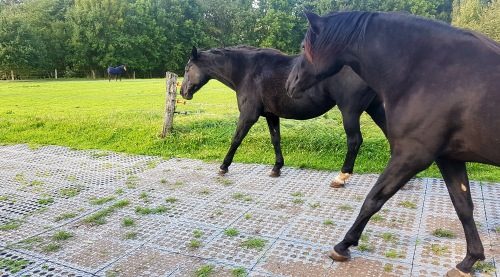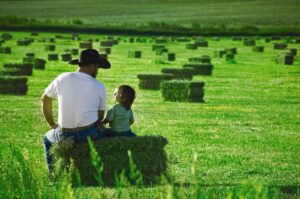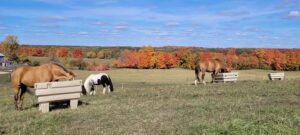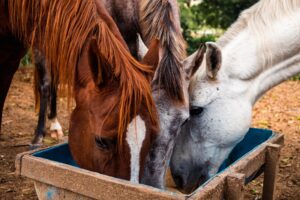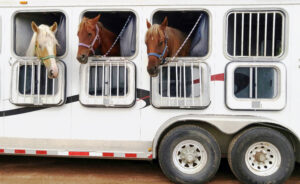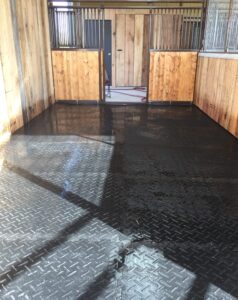
Spring Feeding Tips
Spring Feeding Tips with Dr. Nettie Liburt of Buckeye Nutrition
Interview by Lisa Kiley with Dr. Nettie Liburt of Buckeye Nutrition
Spring is just around the corner and soon we will be enjoying nicer, longer days and hopefully some anticipated extra time in the barn with our horses. While this is a great time to do some spring cleaning around the barn and prepare for the season ahead with our horses, from scheduling trail rides to planning for upcoming shows, it is also a great time to think about your horse’s nutrition. Changing seasons have an impact on our horses needs and it’s important to take some time to evaluate your feeding program to make sure it is working well or if some adjustments need to be made. Dr. Nettie Liburt is the Senior Equine Nutrition Manager at Buckeye Nutrition, and she has some great tips for what to think about when it comes to feeding your horse this spring.
There are often two main issues that come to mind when thinking about our horses – horses that may need to gain weight and those that might need to lose a little. In the spring, these issues can be magnified because we are dealing with fluctuations in temperature and pastures that are producing grass quickly. Dr. Liburt advised that monitoring horses through the winter is important for keeping track of any weight fluctuations. Checking under blankets and regular grooming sessions are a good start, but she also recommends getting in the habit of snapping a photo of your horse about once a month and using a weigh tape to get a real sense of any changes that are going on. While we might think that we would be able to catch changes in our horse, having the visual and measured evidence gives a much better gauge of changes and getting in the habit of documenting for health records is a great idea.
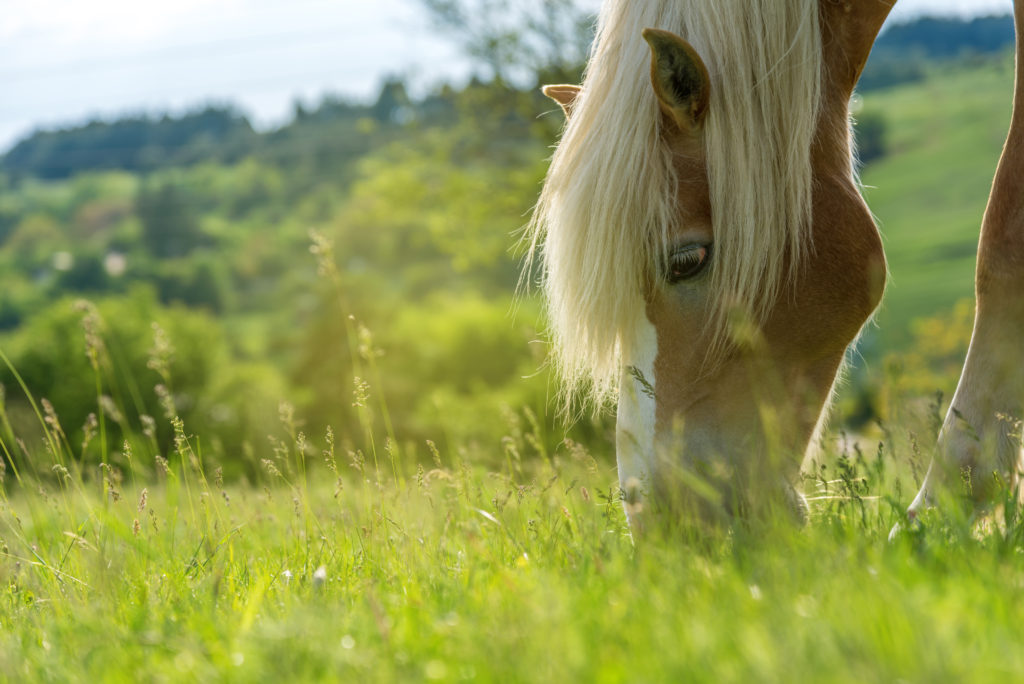
In the case of a horse that is coming out of the winter thin, it is a good idea to have a veterinarian do some basic tests to determine if there might be any underlying medical or dental issues. Even if your horse is healthy, having a basic blood panel drawn is a great way to understand what your horse’s ‘normal’ is. That way, if there are any issues in the future, you have something to compare them to. Dr. Liburt suggested that in addition to working with your veterinarian, seek the advice of a trusted nutritionist to put together the best plan for your horse going forward. She stressed that quality forage is the first step to any feed program. Sometimes hay can get a bit scarce as spring approaches, but it is so important to make sure that your horses are getting what they need to maintain a healthy weight. If you are in an area where sourcing hay is difficult, there are other options such as soaked hay cubes or chopped hay that can supplement to get through the season. To add weight, the horse needs an increase in calories and Dr. Liburt advised that adding fat is the best way to provide these calories. This can come in the form of a supplement or a feed that has a higher fat content.
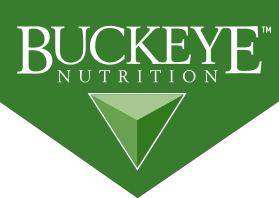
For horses that have extra weight coming out of the winter, there are several things that can be implemented to help them. One of the important things that Dr. Liburt pointed out was that a horse’s feed should never be cut drastically. She advised that even if a horse needs to lose weight, their requirements for vitamins, minerals and proteins stay the same. She recommends that a ration balancer be used to meet these needs. Similarly, when it comes to forage, hefty horses still need to have access to hay and should not go longer than four hours between meals. However, Dr. Liburt advises that the hay for horses that may need to reduce weight doesn’t have to be of the highest quality, a good medium quality of hay provides plenty of chew time without allowing them to overindulge. Using slow feeders, like bags or boxes, can really help slow down intake while keeping the horse busy. These horses are also great candidates for grazing muzzles once the grass does start to grow. Just like their thinner counterparts, knowing a horse’s health status can pinpoint issues like metabolic disorders that will need to be treated and closely monitored so they don’t become a major issue with devastating results.
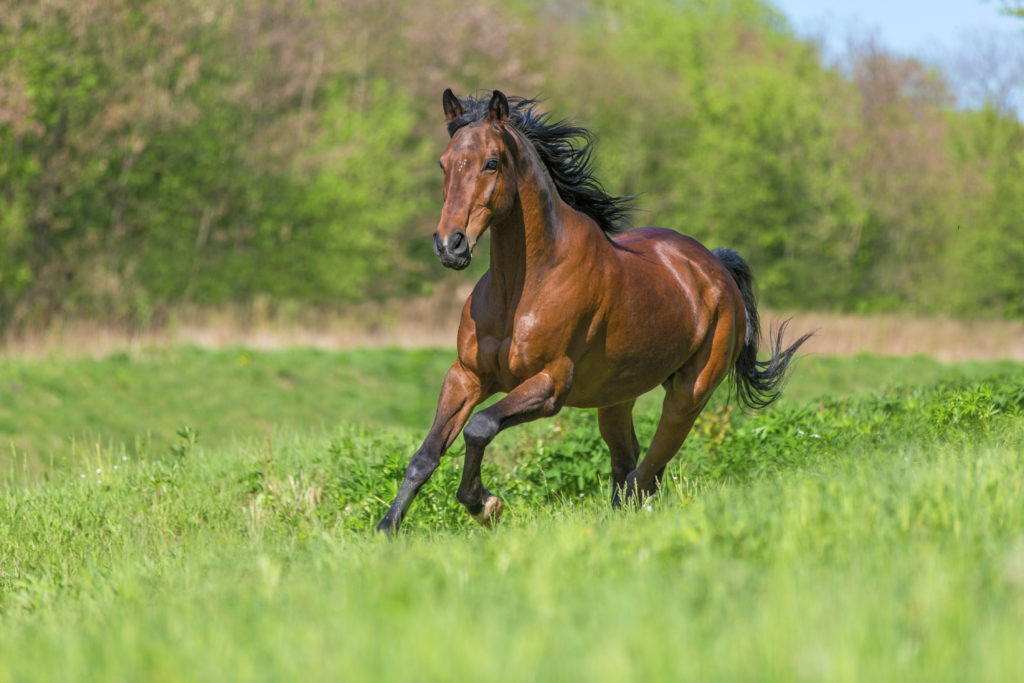
When it comes to gearing up for spring pasture turn out, Dr. Liburt stresses that slow and gradual is key to getting horses used to pasture after having been on a dry lot or a winter field for the past several months. While not an option for everyone, she advised that rotational grazing is a great way to manage pastures. Similarly, monitoring when a horse is turned out during high growth periods can help manage sugar intake. Generally speaking, the grass has a lower sugar content in the morning, and it increases as the sun shines on it during the day. With this in mind, she recommended allowing horses to graze in the morning and then adding a grazing muzzle or moving them to a dry lot with a hay source to avoid excess sugars that can exacerbate metabolic issues in the horse’s system. Strive to keep balance for your horse as they are acclimating to pastures in the spring.
It is also important to think about your horse’s increased activity in the spring and going into the summer. If your horse is going to be working a lot more, they may need to have their feed program adjusted to meet their needs. Dr. Liburt recommended that any changes in feed should be done slowly and at minimum in a two-week period to help avoid any upset in their digestive system. While we all like to see quick results, it is important that we are patient and allow changes in feeding programs to have time to work. It can take some time to see results and Dr. Liburt shared that although you might see some positive changes around 30-days, it may take closer to 60-days to really notice your efforts in changing their program. When it comes to nutrition, Dr. Liburt encourages owners to get good sound advice for their animals from a qualified equine nutritionist and scholarly articles that are backed by scientific evidence. She mentioned that it is easy to get lost in misinformation on the internet and it can be detrimental to how we care for our horses. It is important that we seek out good sound advice from trusted professionals when it comes to our feeding programs both in the spring and all year long.






